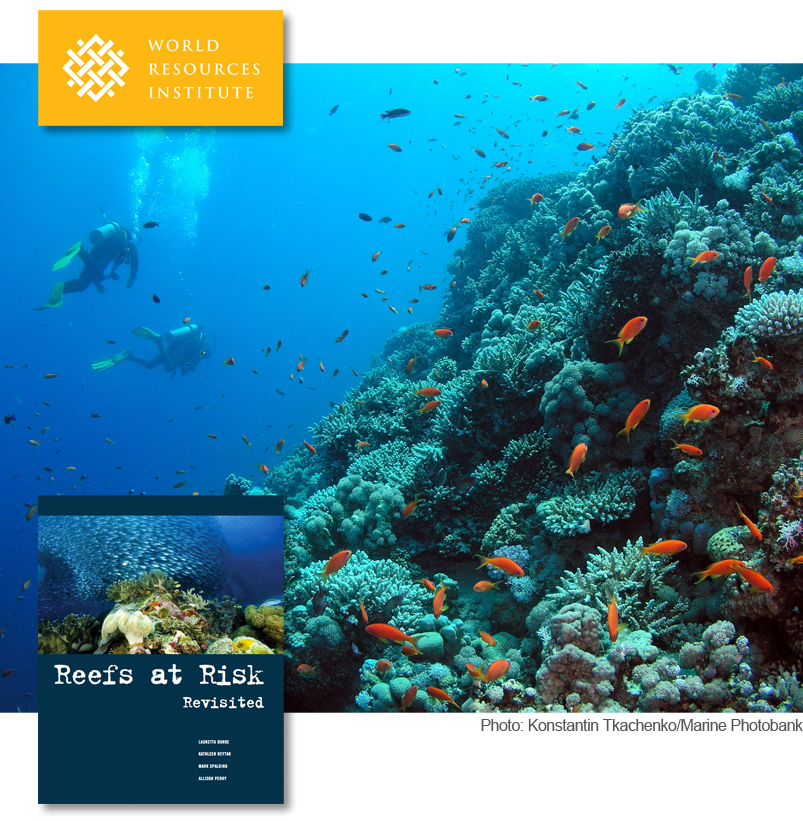By Joseph Kerski, Ph.D.Education Manager, Esri

People have always been fascinated with investigating their home — the Earth.
For centuries, maps have stirred imaginations and inspired explorations of the unknown. Today, maps are used to help understand relationships across time and space in communities. These relationships are analyzed using digital maps within a Geographic Information Systems (GIS) framework.
These maps are dynamic: They can be customized, saved, and shared online. They use real-time data from community traffic counts or power use. They can be used to analyze issues from local to global scale, from mapping and analyzing population characteristics in my own community to the interaction of global ecoregions, ocean currents, and climate.
In education, GIS offers a powerful decision-making toolkit that can be used in administration, educational policy, and in instruction.
GIS offers administrators a way to monitor campus safety, map campus infrastructure, route school buses, and target recruitment. GIS provides educational policymakers to see patterns in educational achievement and where to create new programs. In instruction, GIS helps students to understand content from geography to history, mathematics, language arts, environmental studies, chemistry, biology, civics, and others.
GIS is an inquiry-driven, problem-solving, standards-based set of tasks that provides career pathways increasingly in demand, even in their own community. It helps students think critically, use real data, and connects them to local issues. It does so in informal, primary, secondary, and university settings and appeals to today’s visual learners. Geotechnologies, along with biotechnologies and nanotechnologies, are the three key skills and job markets identified by the U.S. Department of Labor for the 21st Century (Virginia Gewin, “Mapping opportunities,”
Nature, January 2004
).

GIS incorporates and depends upon fieldwork, which is critically needed for understanding and appreciating my own community (Richard Louv,
Last Child in the Woods. Alqonquin Books, 2005). Students can gather locations with GPS receivers or smartphones along with information about tree species, historical buildings, water quality, and other variables in their community or on their own school or university campus.
GIS-based questions begin with the “whys of where” — how do neighborhoods grow and change? How does a cement plant affect water quality? How is my community affected by nearby and far away interconnections and networks?
After asking geographic questions, students acquire geographic resources and collect data. They analyze geographic data and discover relationships across time and space.
Investigations are often value-laden and involve critical thinking skills. GIS helps students to act on their investigations, to put recommendations in place, to improve the quality of lives of people. What are the pros and cons and the best route for a light rail line, or the location of a community garden or new library in my community?
Students present the results of their investigations using GIS and multimedia to their class, the school board, or the city council. They can create multimedia web maps and story maps. These investigations usually spark additional questions, and the resulting cycle is the essence of geographic inquiry.
They learn about civic engagement.

















